|
Owning your own business isn't all fun and games. It's a whole lot of work, but oh so rewarding.
Our typical day starts at 6am, ending usually somewhere between 3pm and 7pm, depending on the day. Filled with mostly what you'd expect and a handful of things you wouldn't: staffing/scheduling, food orders, menu design, bills, event planning, marketing, growth projections, R&D, finding new local artists, taking inventory, ordering staff uniforms, meeting with staff... I could go on and on and on. The fact of the matter is, the to-do list never ends, and we wouldn't have it any other way. After our typical work day, you can find us in the gym, on the road bike or out on the trail for about 3 hours, after which we quickly make dinner, take the dogs to the park, and attempt to be in bed by 9 to do it all over again tomorrow. It's a challenge to fit it all in. Some weeks we're on point, while others, we are slammed with events at KickStand, and we're off the bike or out of the gym for 4 days in a row. Talk about disconcerting knowing your competitors are on their bike every day, doing intervals to exhaustion or logging those base miles... Racing bikes professionally while owning a business is hard. Really hard. We do it to ourselves, in some regard, but wouldn't have it any other way. Our lives are all about Balance. Balance may be defined as "an even distribution of weight enabling someone or something to remain upright and steady." Sounds good to me, however, easier said than done. What I've learned, however, living the life of a small-business owner in the food industry is that life is about prioritizing and responsibility. There's want-to's and need-to's, both in business and racing. It's taught me that while I am a professional athlete, and want to attend every race possible, at the end of the day, I need to be responsible, and take care of my business, not only for my future, but that of my staff. That I need structure through planning ahead, to meet the demands of both my business and racing. While I had planned to attend the North American Enduro Cup this week, this weekend is a weekend where the needs of the business are greater than the that of racing. First world problems of blue collar business owner/racer -- Life is all about balance. Looks like I'll be adding a race to the schedule sometime this year! Kim Hardin
1 Comment
Before we'd even finished Day 1 of the Crested Butte Big Mountain Enduro, Nick had cooked up a plan to break up the long drive home... Rally to Moab immediately after finishing the race, sleep for a short bit, then catch an early morning shuttle to do the Whole Enchilada, in order to get back to the van before it got too hot, as well as leave us enough time to get to Boise (ish) by dark. And that we did... The Whole Enchilada was closed above Burro Pass, so we started a smidge lower at Hazard, and bombed back to the van via typical LPS, Kokopelli, and Porcupine fashion. Recovery is important after a race, but when you're driving right past Moab, a riding mecca, you have to stop, even if your legs are shredded. Trust me, it's worth it! Pro tip: Do not attempt to "shower" in the river at the bottom of the trail. Contrary to popular belief, it's a giant mudhole, and takes multiple washes to get off. Oops. Crested Butte = big days on the bike, lots of wildflowers, hike-a-bikes, dry and rocky terrain, big transfers, yummy tacos, and extraordinary van camping. On a whim, we left work late Tuesday afternoon, drove to Boise for a quick eat at "Fork", and continued on to CB in record time: 18hrs, including dog stops, and stretch breaks. We came in hot mid-Wednesday afternoon with the plan to have hopefully just enough time to get rid of the near-constant altitude headache and nose-bleeds by raceday (living at 500 ft elevation doesn't help!). Rumor has it you either need to A) Live at altitude B) Sleep in an altitude tent C) Have at least two weeks to acclimatize properly D) Come in hot as you're in the "hole" on day 4. We chose the latter, as our attempt with an altitude tent in the middle of the summer with no AC in the house failed miserably the year prior. Why not work a 12 hour day before you get on the road? The hardest part about race weekends as a "privateer" , of sorts, is practice logistics -- in what order to practice the stages, how to approach them (hike/pedal up from the bottom, try to find someone to shuttle with), while trying to avoid the heat, save as must energy as possible and still properly see each stage. Whether you drive 30 minutes or 18 hours to race, you want to see every track, and give yourself the opportunity to do as well as possible. Seeing said tracks helps... a lot. With that said, Crested Butte seems to be the exception to the rule -- the distances are large, the elevation great, and the climbing significant enough to make it very energy-consuming to pedal everything for practice. Without a shuttle, you're walking the line of truly benefitting from seeing the course vs. being so beat on race day, to a certain extent. Across the two days of practice, without a shuttle, we saw 3 of 4 stages, with stage 4 (the last one) being our blind stage. On race day, it turned out to be about a two hour hike-a-bike to on race day, in addition to the half hour of pedaling.... Consensus was that we made the right decision based on our situation. Friendly reminder to bring a moto for car retrieval in the future (Kosher as long as you're not riding trails on a moto -- not cool in a race scenario. Roads only!) Big Mountain Enduro knows how to put on an event -- super dialed registration, event coordination, timing, the works! Both days pros met at 6:30am to load shuttles for the transfer to the first stage. Stage 1: Cement Mtn to Rosebud Stage 2: Doctor Gulch Stage 3: Reno Ridge to Deadmans Stage 4: Double Top into Warm Springs Stream Crossing anyone? On the way to Doctor Park... By the end of the weekend, I found myself not proud of losing my pedal panties on day one, but happy to have picked up the pace on day 2, made up some time and end up on the podium in 5th.
Nick had a few lies downs throughout the weekend, and ended up mid-pack. Regardless, what an awesome time in the woods with the ladies and gents! You can never have a bad time when your on your bike with fellow shredders -- The energy is contagious and the stoke high! Thanks for another great weekend, Colorado! See you back in the PNW! Kim & Nick Hardin Yes, I am Giro biased, in that I ride Giro product, and have a relationship with the brand, HOWEVER, I only choose to represent brands whose product I stand behind. So while this may seem like a slightly biased review, it's honest and to the point...
--------------------------------------------------------------------------------------------------------------------------------------------------------------- The Giro Switchblade was designed with the enduro-ist in mind, featuring the ability to convert quickly and easily between a half-shell (sort-of) and ATSM certified full face via removable chin bar. As a two-in-one helmet, it is fairly lightweight (975g) and makes travel easy, as you no longer need to bring two helmets with you -- full face and half-shell. It is a great compliment to the Giro Montara/o helmet, especially when you're looking for greater protection, but also warmth. Upon first glance, without the chin bar, the helmet seems big, compared to other half shells. But when you put it all together, and "switch to rowdy", it all makes sense. When I first got the helmet, I wore it more so for DH, steeps/blind racing and for the extra warmth during the winter, less so for your after work trail ride. Overtime, I've come to really appreciate the extra protection, and prefer to wear this over a standard half-lid for even the shortest of rides. After all, if I'm wearing a helmet, I might as well really protect my brain, right? Compared to a standard half-shell, it's only slightly heavier and warmer, but not really noticeable unless you've spent a solid 8 hours or so in the saddle. It's super comfortable, and its ROC LOC Air DH Fit System offers a range of adjustability to fit your head just right, securing well at the base of your skull with little to no movement while riding. Gone are the days of losing cheekpads from pulling them when you're climbing. Gone are the days of traveling with two helmets. Gone are the days of wishing you had brought your full face. The Switchblade makes life easy, and offers the best of protection. Oh, and it's MIPS -- that stands for Multi-directional Impact Protection System, which is known to help reduce forces exerted on the brain during a crash. Cool feature: Go Pro mount hard-mounted on the underside of the visor! Just plug and play! My only complaint: plastic screws holding on the visor. I wish these were metal w/ metal thread inserts as well for a more bomber connection. In a bomber crash, it's not uncommon for these to break. What's your favorite thing about the Switchblade? See you on the trail, Kim Hardin |
AuthorsProfessional Athletes. Archives
August 2023
Categories |
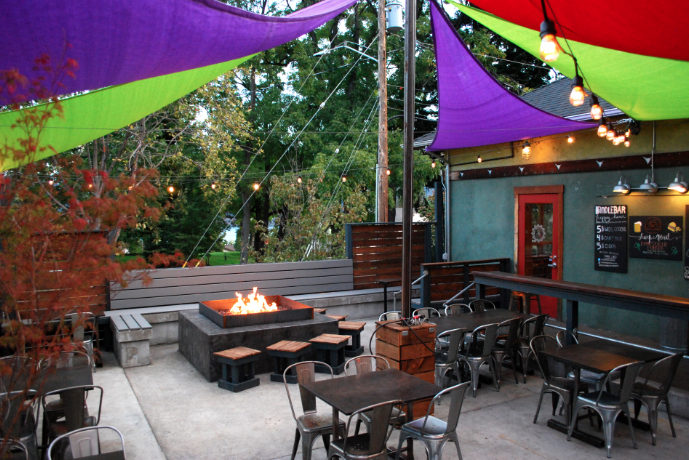
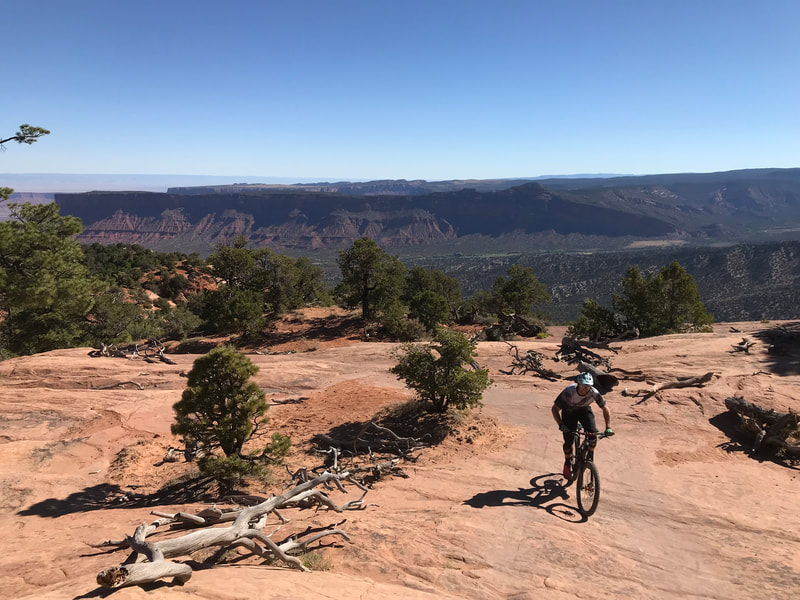
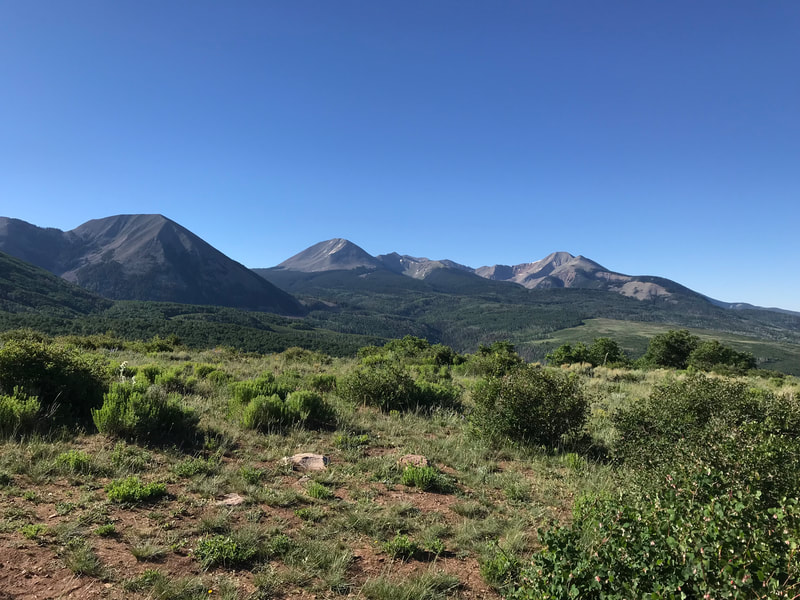
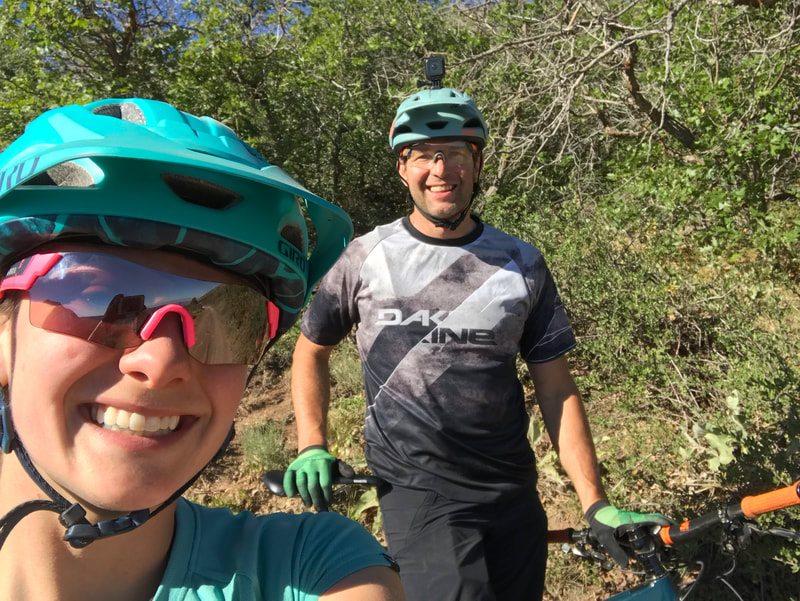
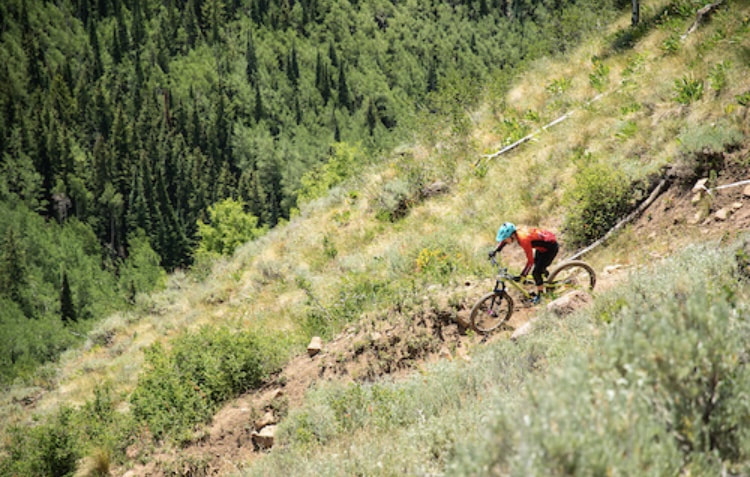
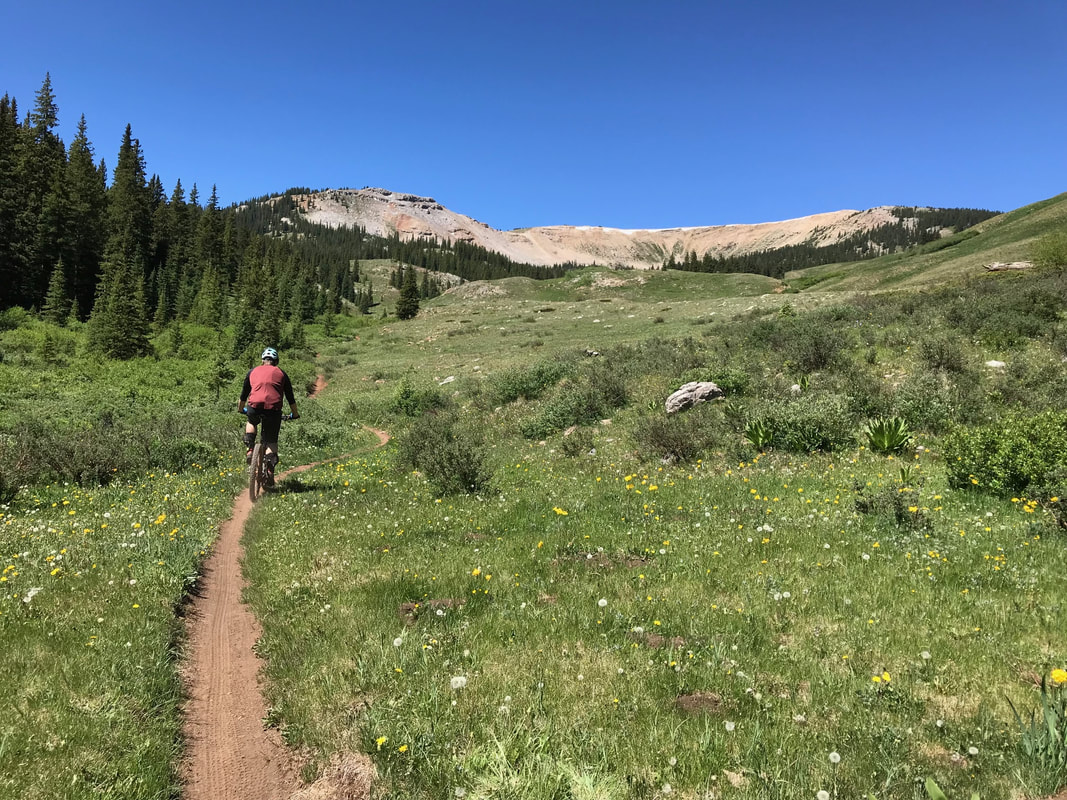
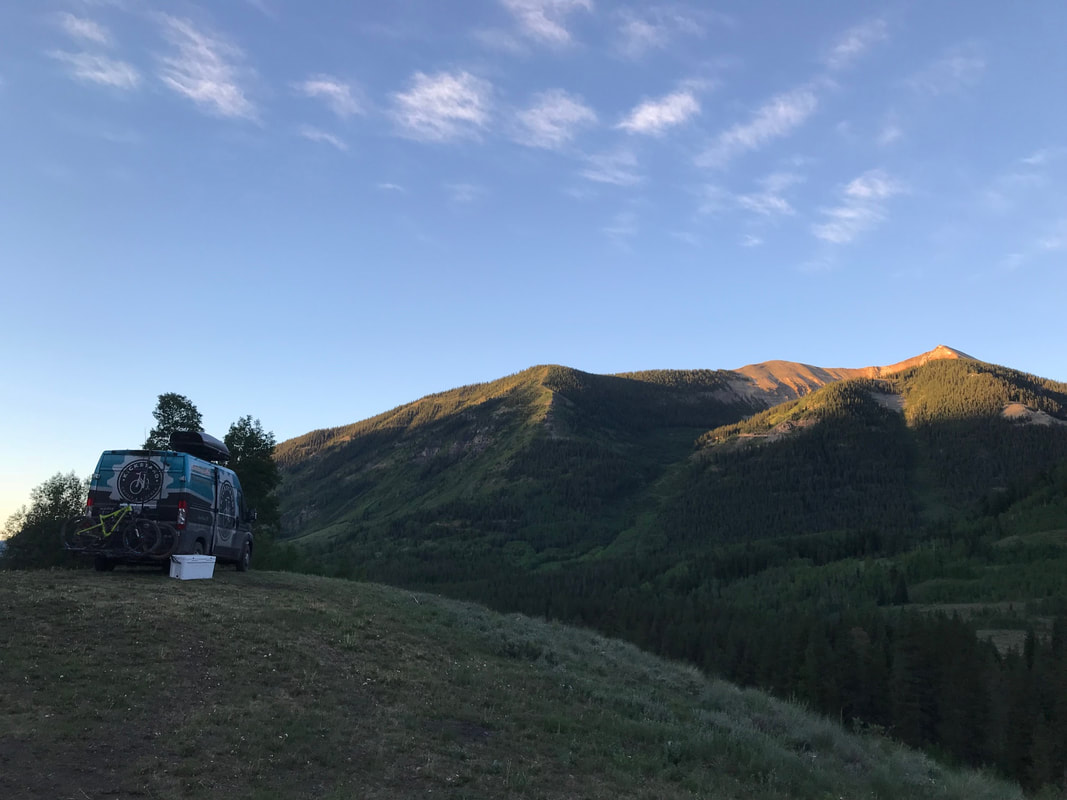
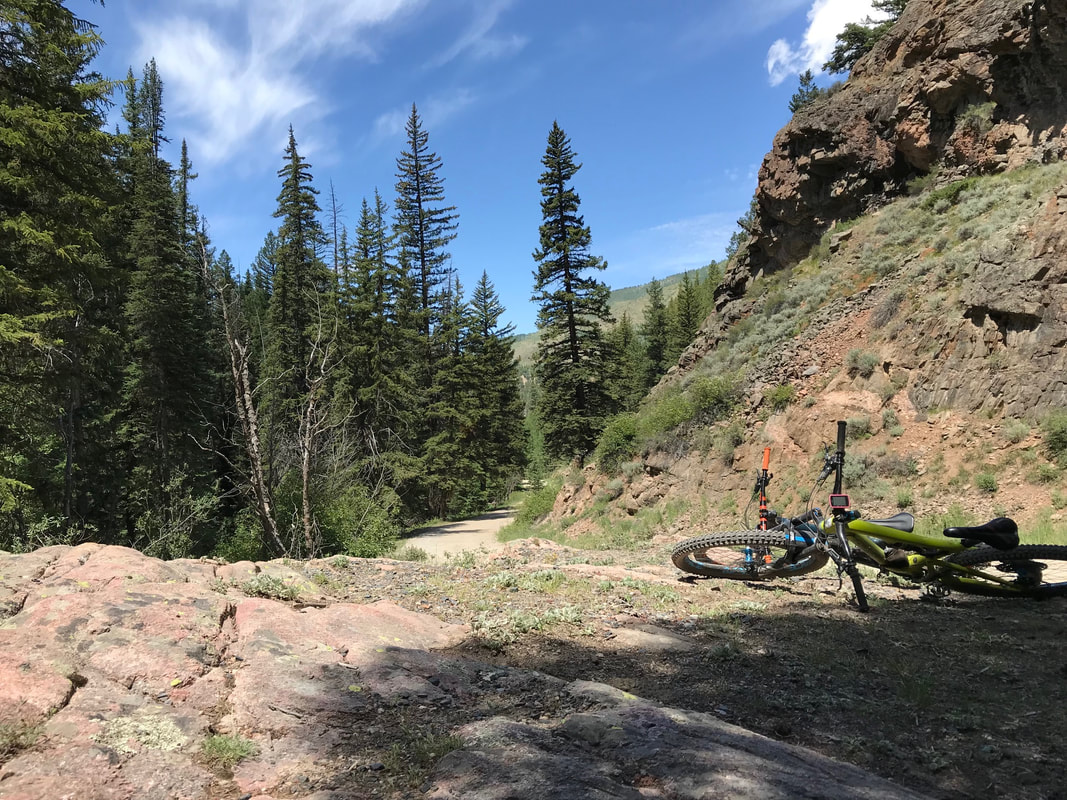
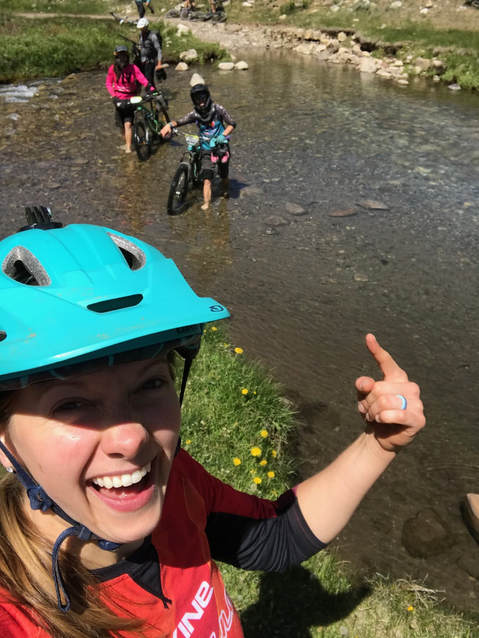
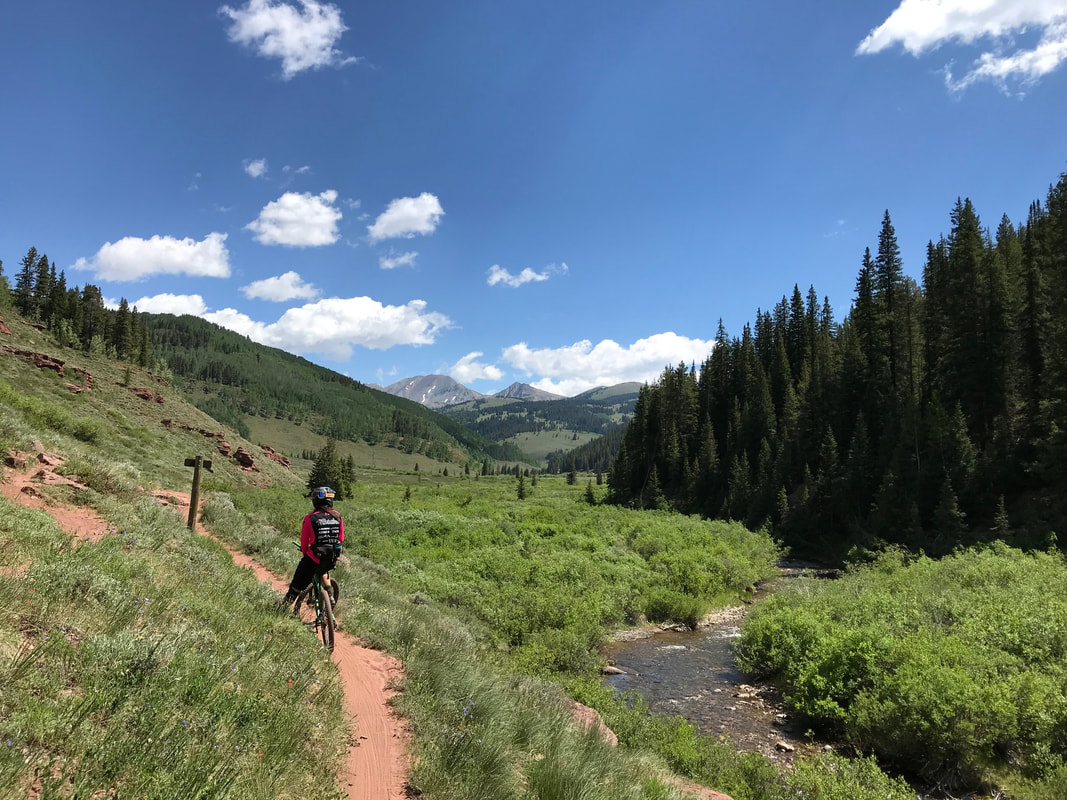
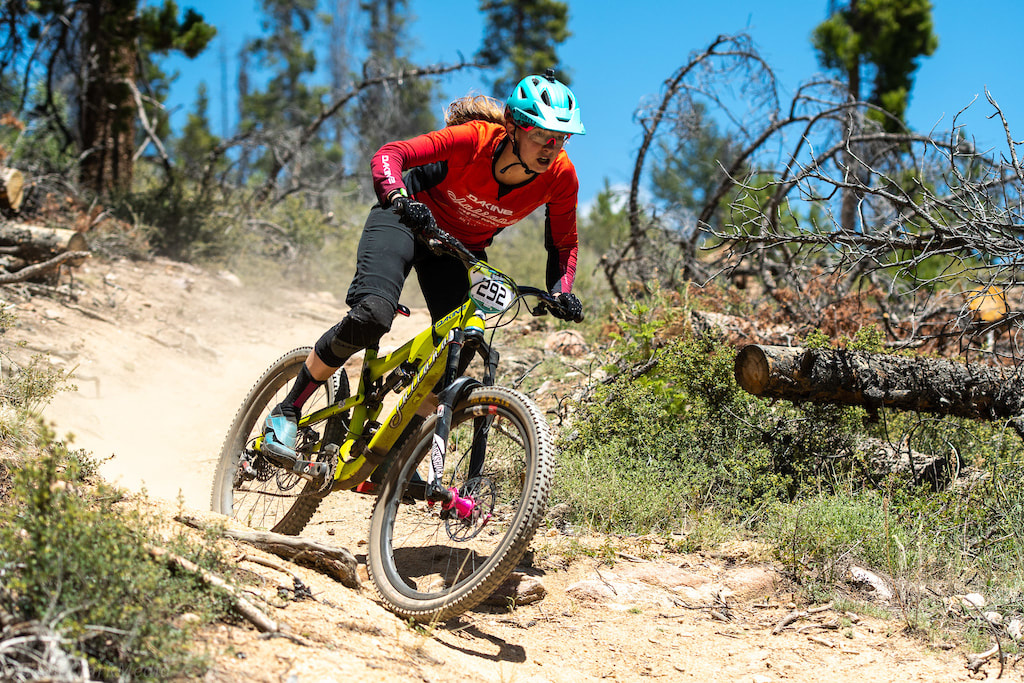
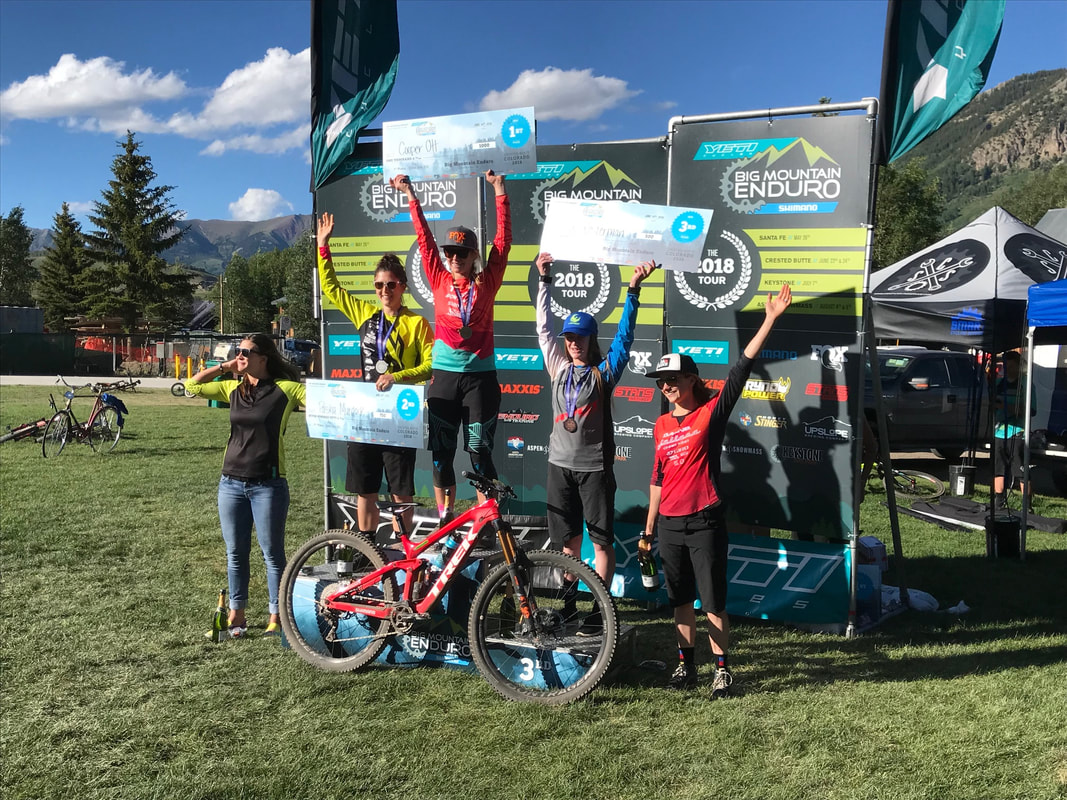
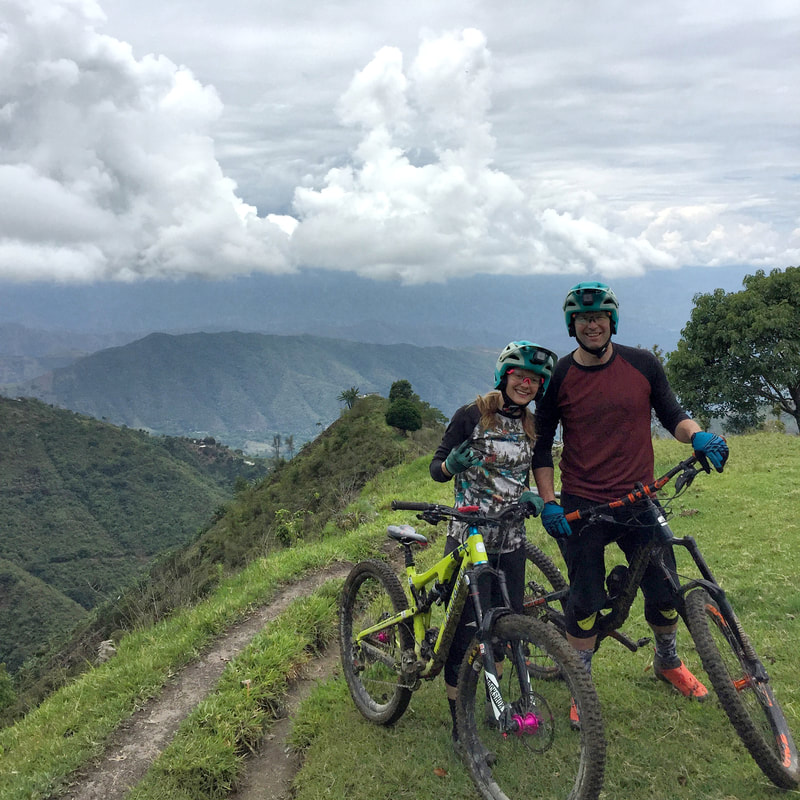
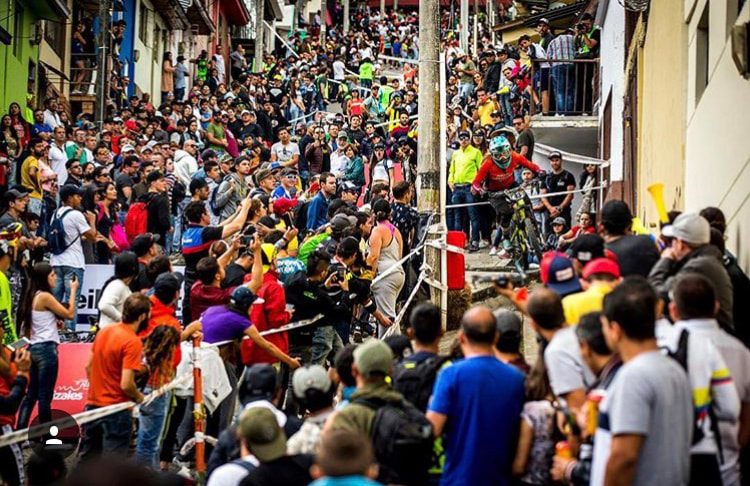
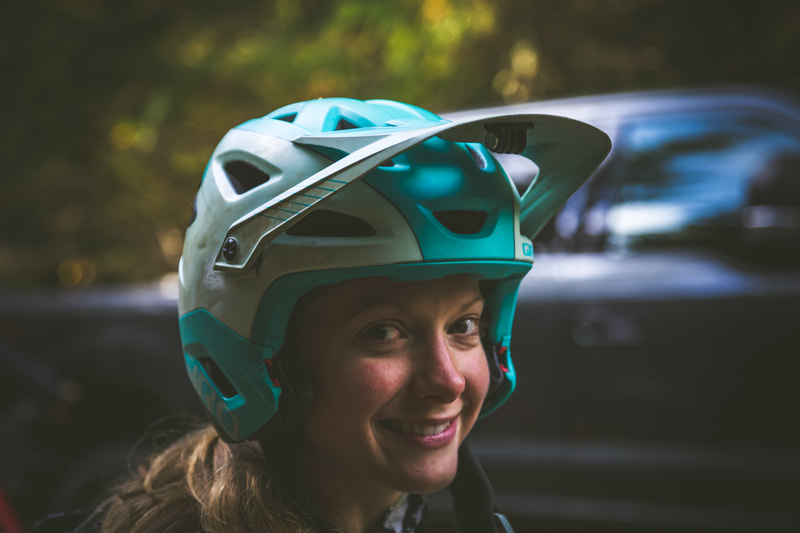
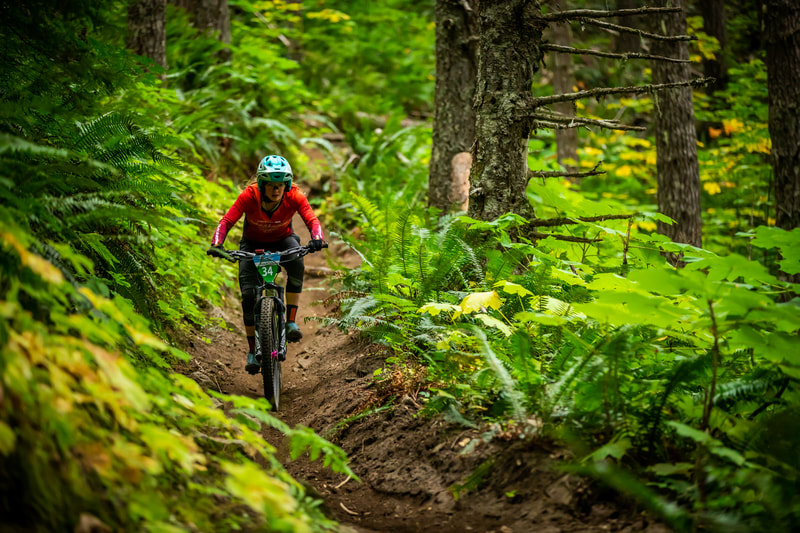
 RSS Feed
RSS Feed